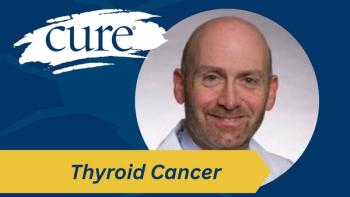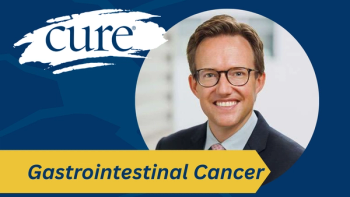
|Videos|April 20, 2018
There Are Multiple Dynamic Biomarkers for Bladder Cancer
Author(s)Padmanee Sharma, M.D., Ph.D.
While there are a few common and well-known checkpoints for bladder cancer, there are also many more than PD-1, PD-L1 and CTLA-4.
Advertisement
When it comes to biomarkers used to determine treatment strategy in bladder cancer, there is more than PD-1, PD-L1 and CTLA-4, says Padmanee Sharma, M.D., Ph.D., Professor, Department of Genitourinary Medical Oncology, Division of Cancer Medicine, The University of Texas MD Anderson Cancer Center.
Researchers have not yet examined or reached a full understanding of all the possible checkpoints, especially since the targets — like the immune response in general – are very dynamic and change over time.
Advertisement
Advertisement
Advertisement
Trending on CURE
1
Blood Test May Predict Imdelltra Benefit in Small Cell Lung Cancer
2
Active Lifestyle Changes Following an MDS Diagnosis
3
Cancer Vaccine Plus Keytruda Reduces Melanoma Recurrence or Death
4
How A Cancer Vaccine and Keytruda Work to Treat Patients With Melanoma
5




